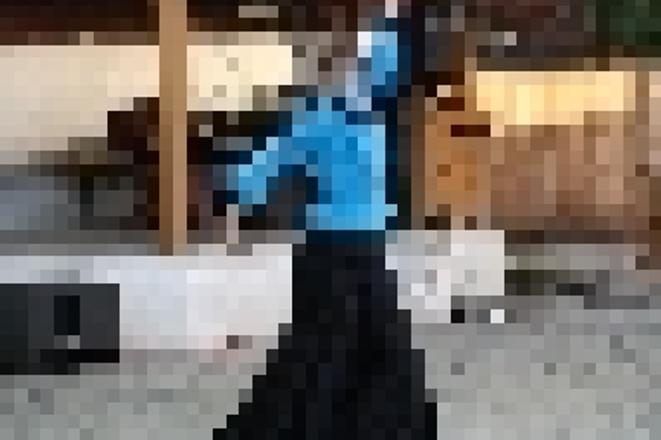HAFLA translates roughly as “party” in Arabic, and a private hafla thrown by a belly dancer usually involves Middle Eastern music, performances by belly dancers, and an open-floor dance that gives everyone a chance to get up and move to the music. A public hafla, however, is more akin to a belly-dance festival with a more formalised stage show.
The Summer Night Hafla, held on August 19 in the garden of the Umelka pub in Bratislava, was a mix of both. Organised at the height of this summer’s heat wave, it featured an array of dancers from several belly-dance schools and studios, and ended with a joyful session of free dancing.
The diverse group of dancers performed a wide range of styles, set to music and dressed in costumes representing numerous countries, including Spain (Flamenco), Latin America (Tango fusion), through India (Bollywood), Iran (Persian dance), as well as more traditional dances from Turkey, Egypt and northern Africa, and also those with a Roma influence. More modern interpretations were performed as well. A particularly noteworthy dance was the Shamaddan – or candelabrum dance – in which the dancer balanced a big candle candelabrum on her head.
A mixture of traditional inspiration and modern expression marks the American tribal style, which dates back to the 1970s and merges several ethnic dances into a unique fusion marked by improvisation, exuberance and cooperation (rather than competition), as the women coordinate their dancing in an improvised manner.
Less traditional and more experimental performances were also featured at the Hafla, like the Jazz-Tango Fusion, or the Can-can Fusion. An especially unique dance was performed on this evening: an Oriental dance called Tahtib, which uses an Egyptian 4/4 rhythm over which the dancer performs with one or two sticks, originally made of bamboo. Tahtib is usually performed by two men and is meant to depict combat, with the sticks representing the handling of weaponry. But on this occasion, the man was joined by a woman performing Saidi, a gentler version of the stick dance.
All in all, rich and exotic dances and a diverse program of music kept the audience in rapt attention, despite a few technical glitches early on that caused a delay in the programme. Starting around 18:00, the programme stretched far into the night, with the final performance being the Fire Show Festum Aeternum.
The organisers, consisting of several dancers and dance studios associated with the www.hafla.sk website, have planned another hafla event for September 21-23, this time in a more sophisticated indoor setting, also featuring workshops. The festival, called Pressburg Dance Fest, has its own website and will take place in the DK Lúky House of Culture in Petržalka, with the Gala-show happening on September 21. More information is available at www.pressburgdancefest.eu or www.kzp.sk.


 Lina Aini (source: Courtesy of Lina Aini)
Lina Aini (source: Courtesy of Lina Aini)